Spruce up Your Sprinklers for Spring!
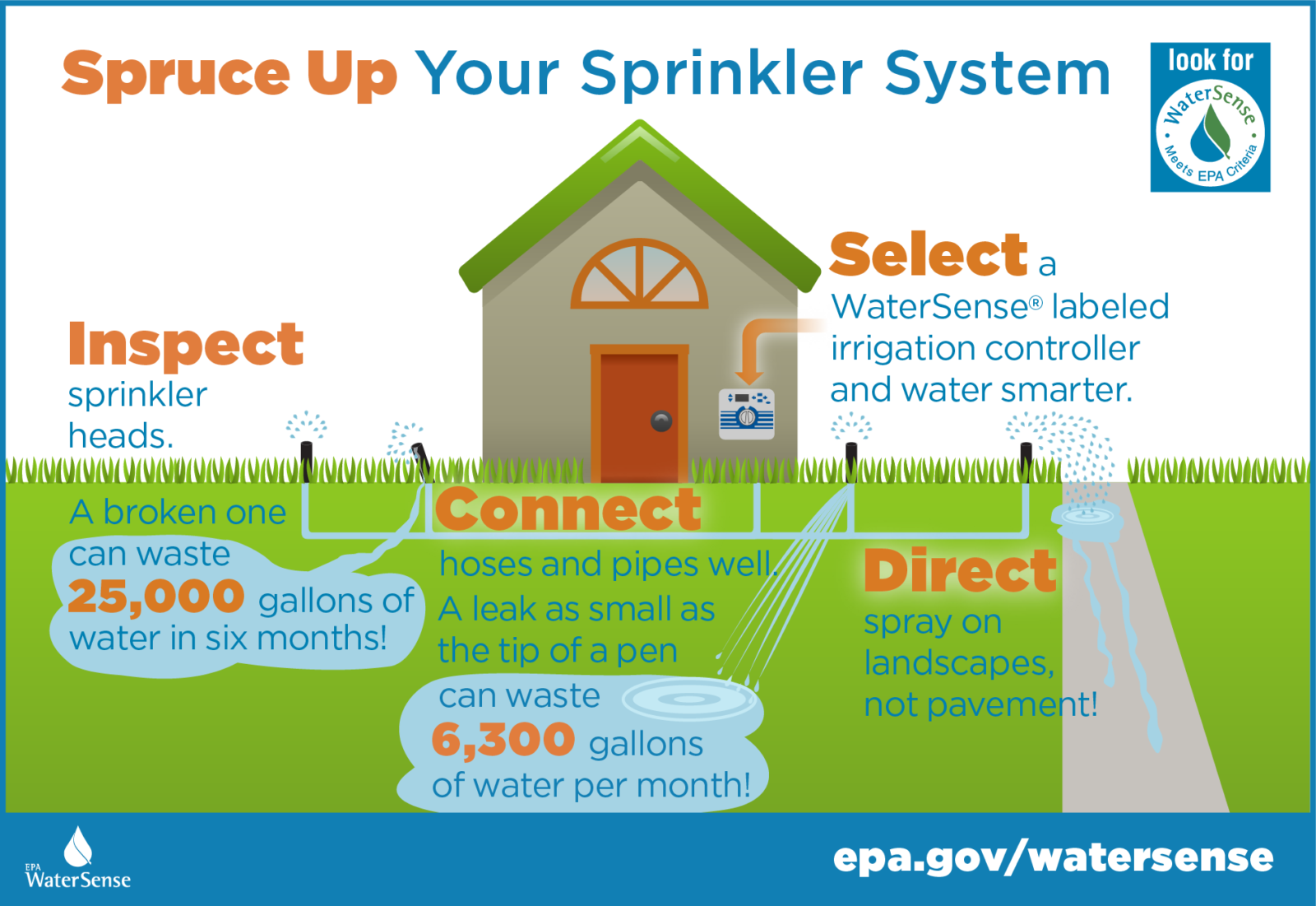 April 4, 2022
April 4, 2022As the weather gets warmer, our thoughts turn to green lawns and lush gardens. And for many folks, that means relying on automatic irrigation systems to keep everything well-watered.
But before you switch on those sprinklers, taking a few minutes to ensure they’re working properly can save you a lot of water (and money) in the long run. The EPA estimates “a household with an automatic landscape irrigation system that isn’t properly maintained and operated can waste up to 25,000 gallons of water annually.”
That’s a lot of water. In fact, homes with timer-controlled irrigation systems use about 50 percent more water outdoors than homes without irrigation systems. That’s why it’s important to ensure sprinkler systems are programmed correctly; sprinkler heads are all pointed in the right direction; the heads aren’t clogged or damaged; and leaks are repaired.
Check out the EPA’s Sprinkler Spruce Up tips below to get started.
Inspect For Breaks and Leaks
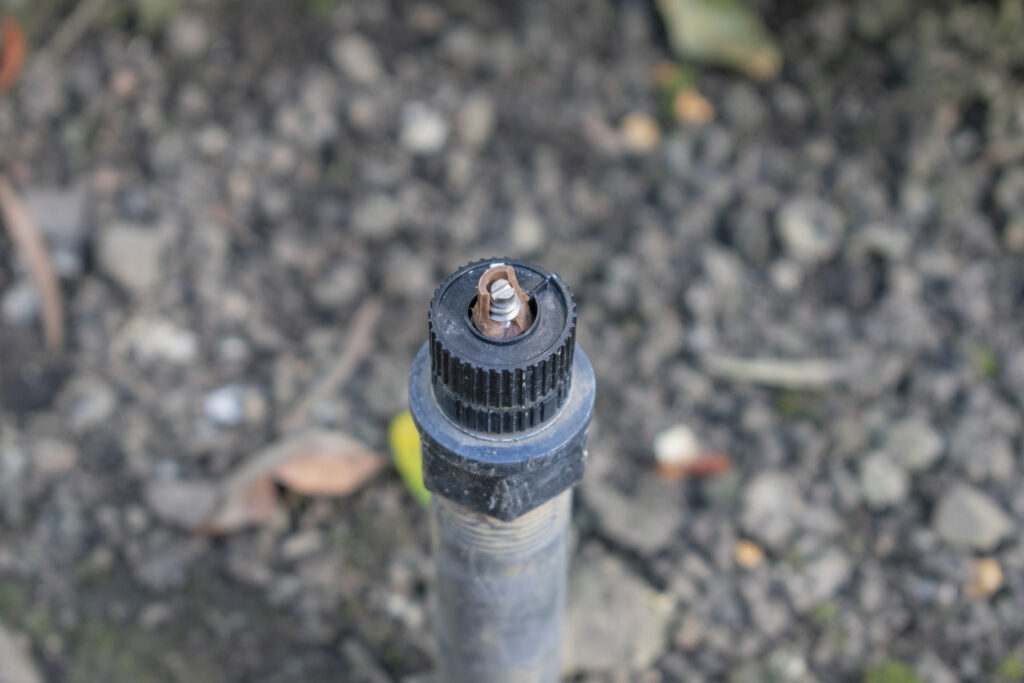
Missing or broken sprinkler heads can be hard to find because most irrigation systems run overnight or early in the morning. Running an irrigation system with broken and damaged sprinkler heads can cause overflowing and water flooding the landscape.
To make it easier, WaterSense has a downloadable checklist to help you walk through each zone of your irrigation system and inspect for signs of water waste. Among their tips for your sprinkler spruce up:
- Look for heads that do not pop up fully or are tilted as they can unexpectedly spray to the wrong areas.
- If you find a broken head, place a flag next to the broken sprinkler so you will be able to work on it later. You may be able to fix broken heads yourself, but if you are unsure, go with a pro — notify an irrigation professional certified by a WaterSense labeled program, and they can replace your broken sprinkler heads.
Connect Sprinklers, Pipes, and Valves
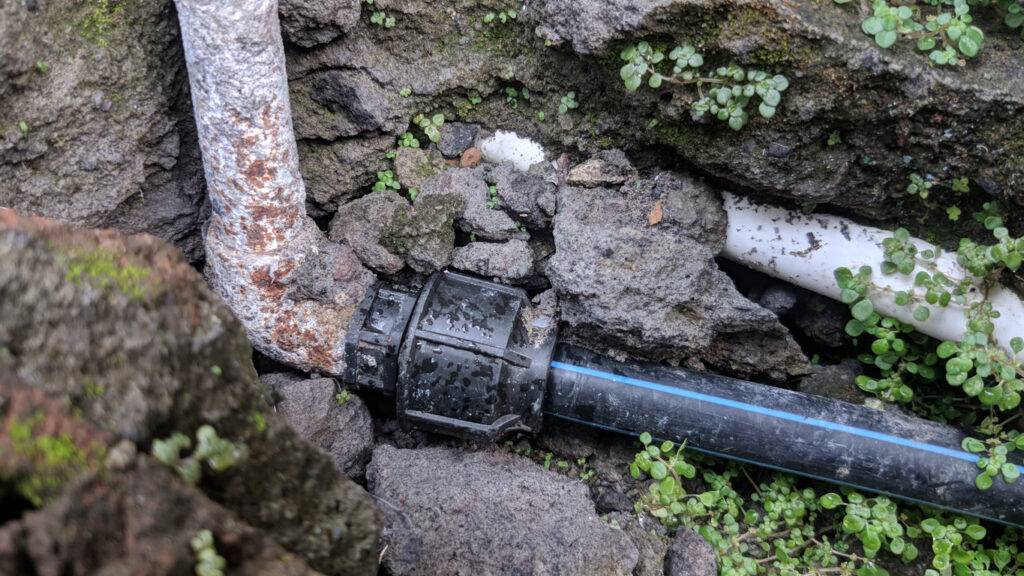
Leaks can occur at the joints between sprinklers and the piping. Leaking joints can also be a sign of too much water pressure or particles in the water. Check that your pressure regulator is installed properly. (For more tips on identifying and fixing household leaks, check out the Fix-a-Leak Week campaign.)
Between irrigation cycles, look for areas of the landscape with water pooling on the surface; that could be a sign of an underground leak. Check the connections inside valve boxes to make sure all the valves and other components are securely connected and that the valves can shut. If the valves are not able to close completely, your system could slowly seep water even when it is turned off.
Direct Sprinklers For Best Water Coverage
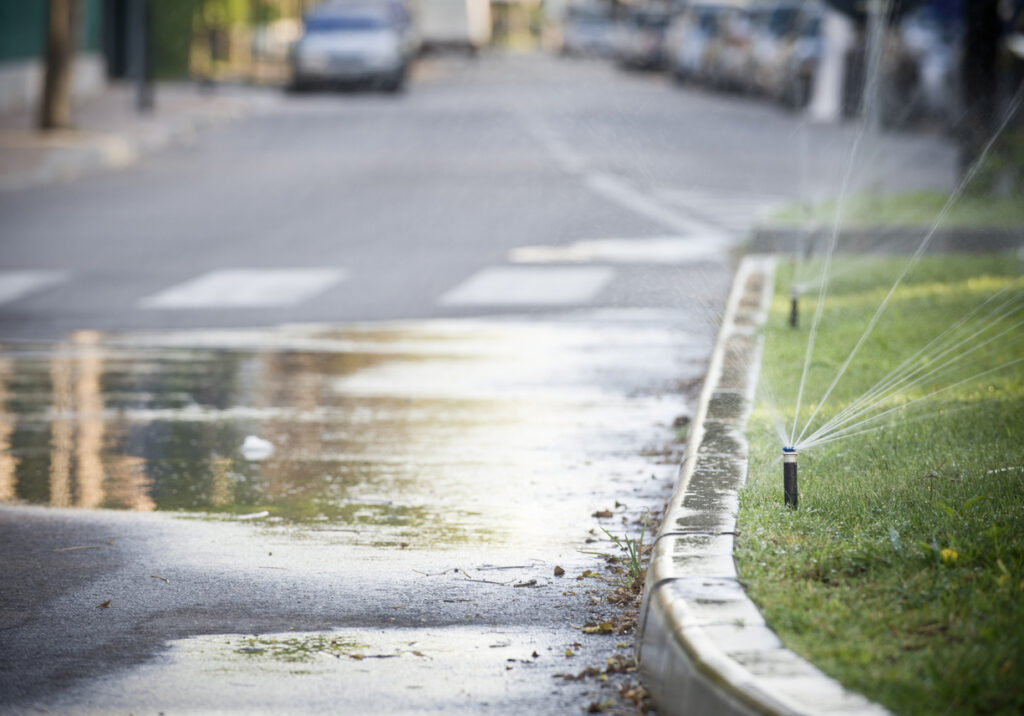
Are you watering the driveway, house, street or sidewalk instead of your yard? Irrigation water that lands on hardscapes goes to the stormwater drain instead of the landscape.
Any sprinklers that are spraying onto driveways, sidewalks, or walls should be turned toward the landscape. The sprinkler can be adjusted to as wide or as narrow a field as necessary.
For best results:
- Each sprinkler should be able to reach the sprinkler head next to it, known as head-to-head coverage.
- Make sure to properly direct sprinkler for uniform coverage to avoid dry spots in the landscape.
- Avoid overspraying or misting due to high pressure. Consider installing spray sprinkler bodies with integral pressure regulation which maintain consistent water pressure so that nozzles can operate efficiently.
Select a WaterSense Labeled Irrigation Controller
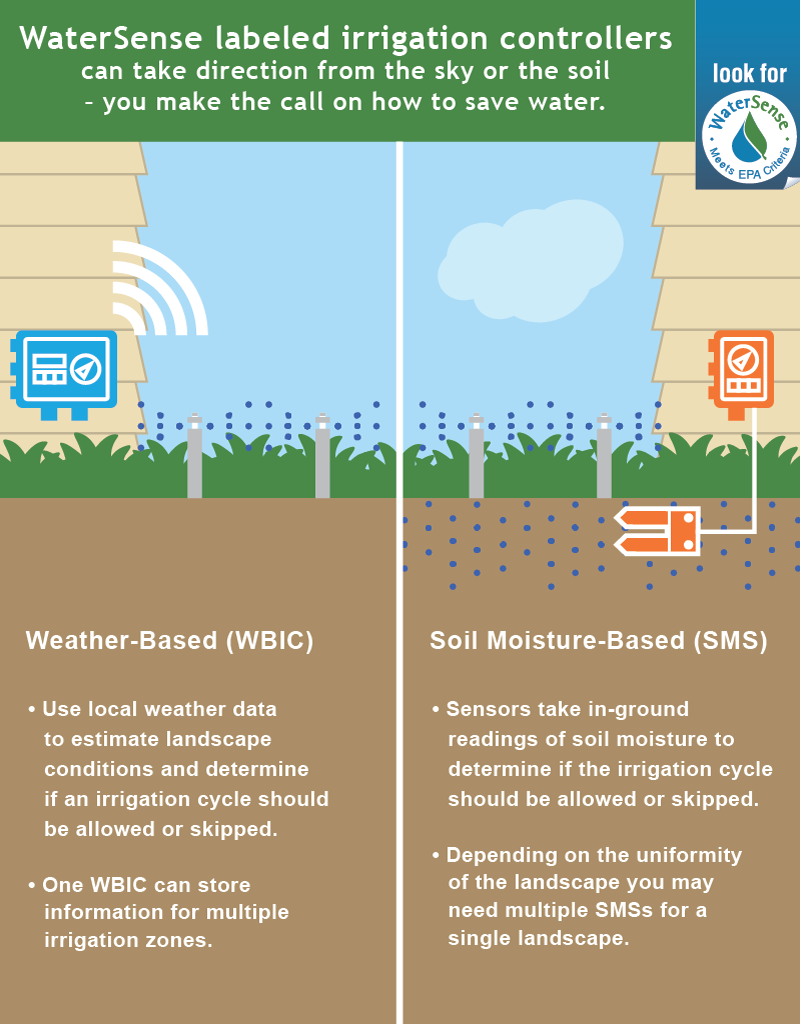
A WaterSense labeled irrigation controller uses local weather and landscape conditions to automatically adjust your irrigation schedule based on your location, size of your landscape, and scheduled days to irrigate.
Irrigation controllers have intuitive programming controls to schedule irrigation based on the plant water requirement.
If you notice that runoff occurs when you run your irrigation system long enough to meet the plant water requirement, consider breaking up the irrigation into smaller intervals.
Short intervals of irrigation with breaks in between to allow the water to seep into the soil is called cycle-and-soak. Cycle-and-soak promotes deeper watering and deeper root growth of the plants.
A proper sprinkler spruce up will keep your lawn and garden green — and keep more green in your wallet.